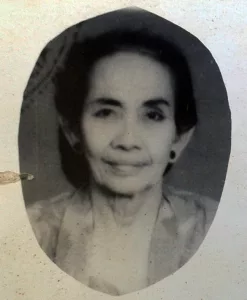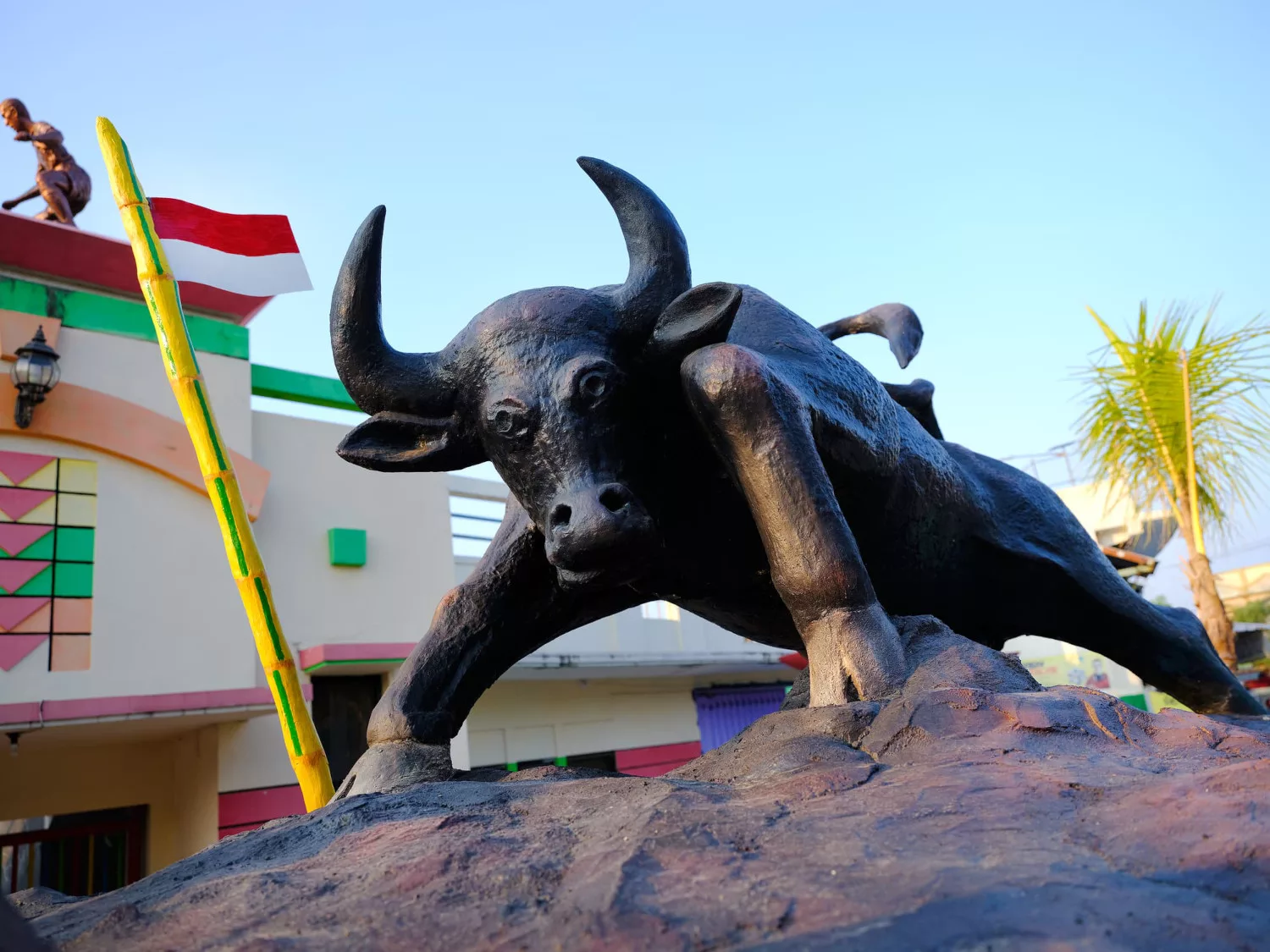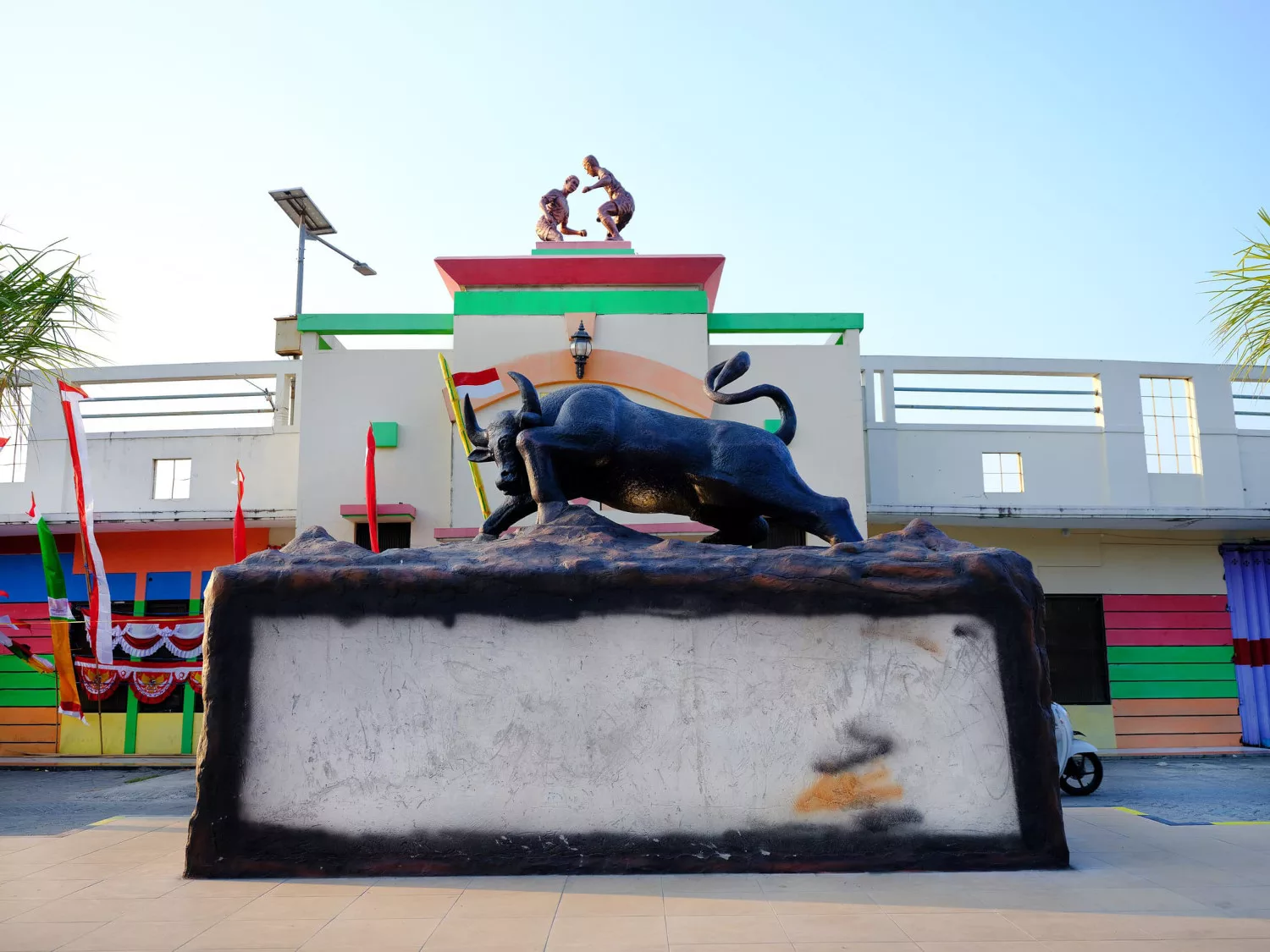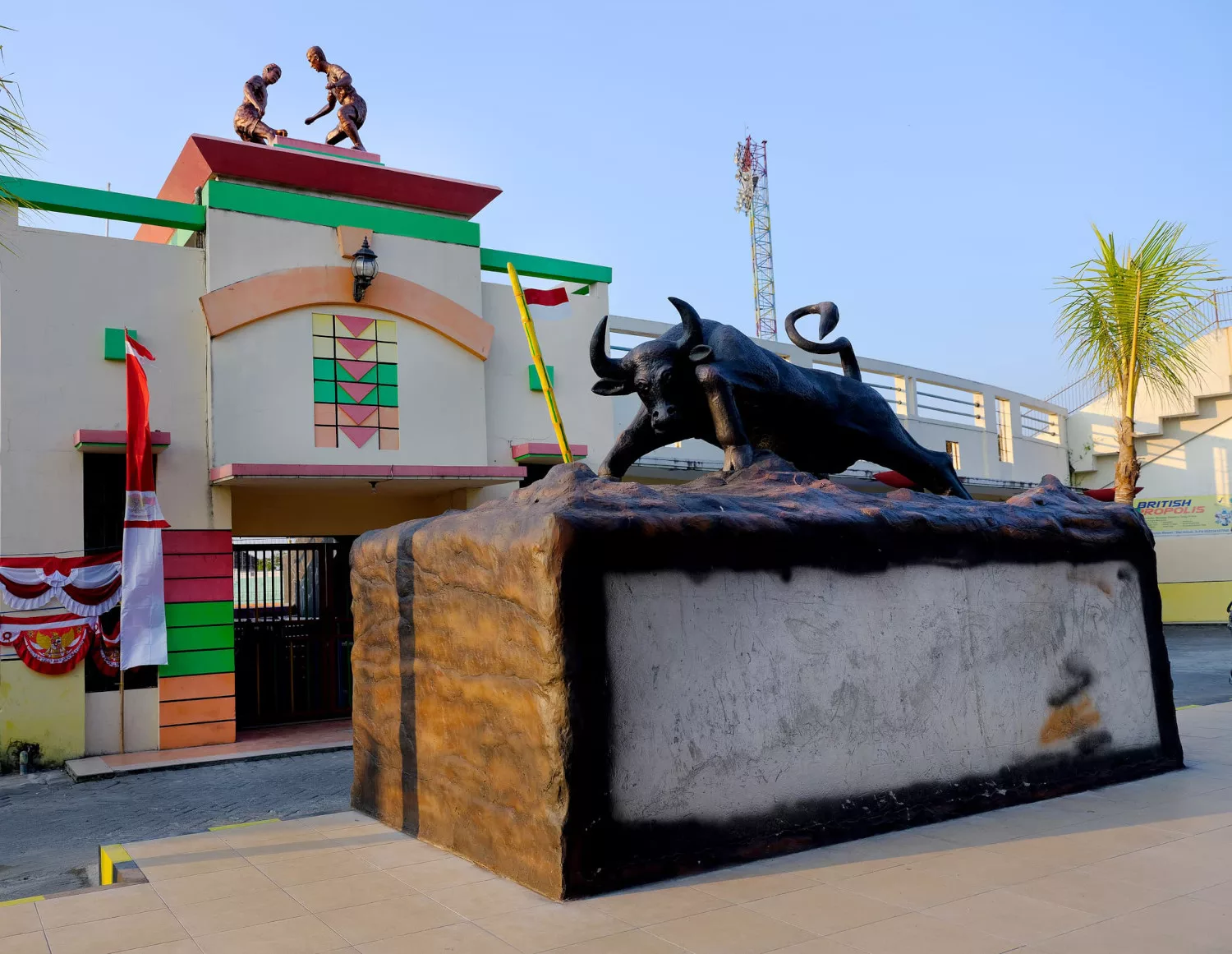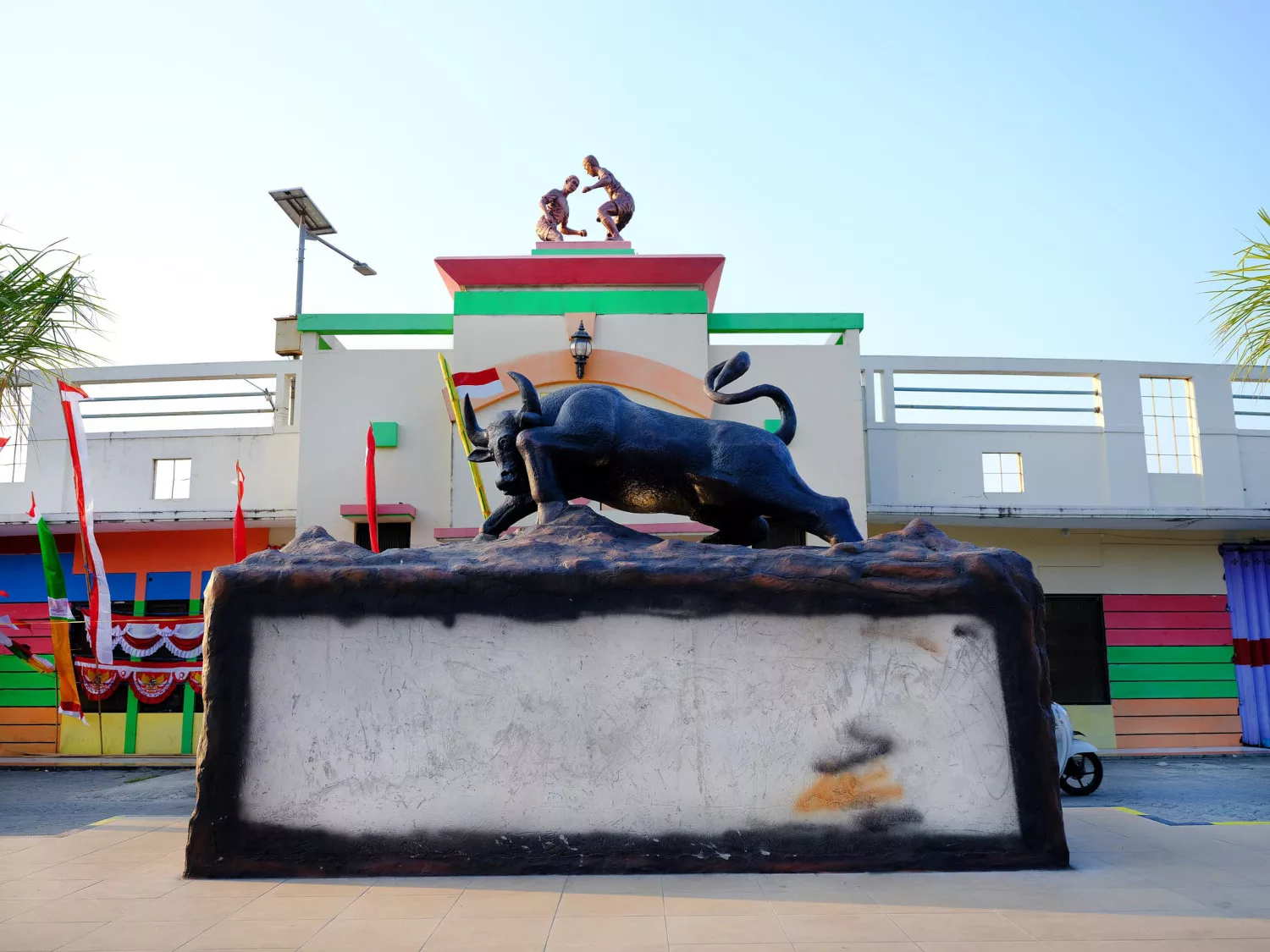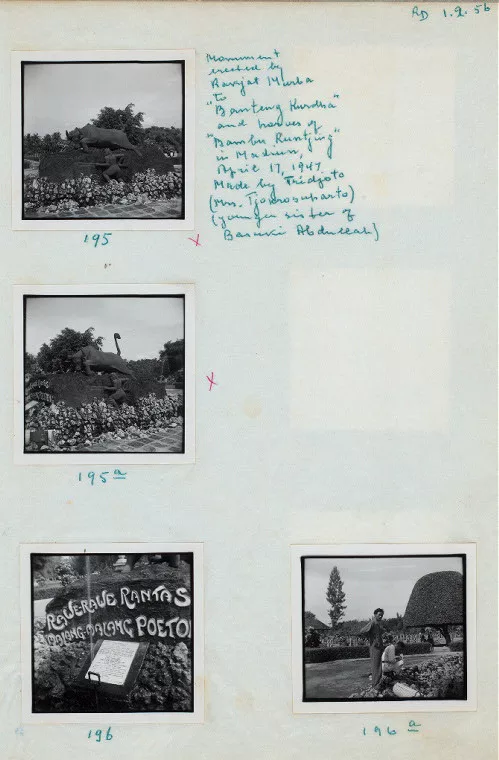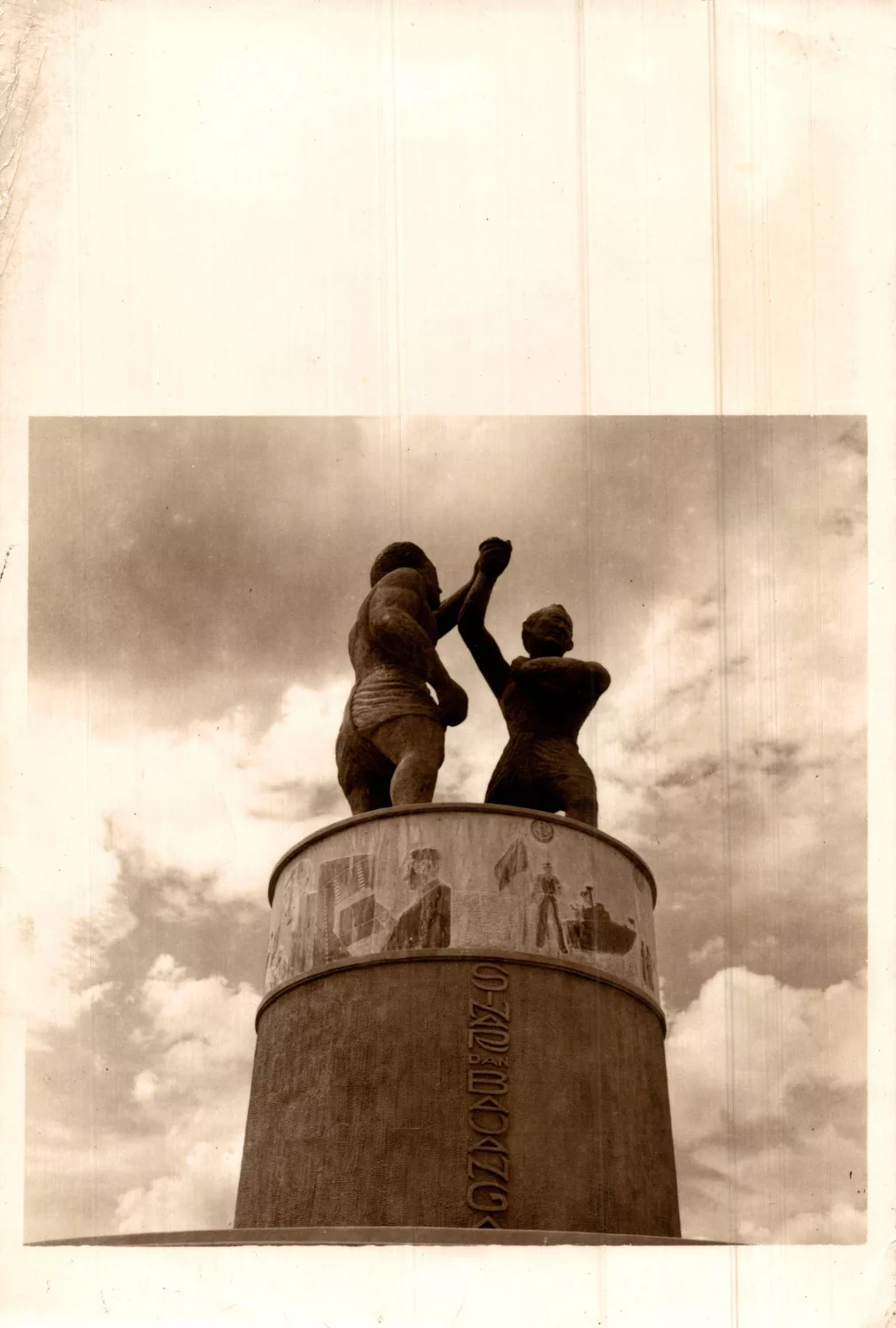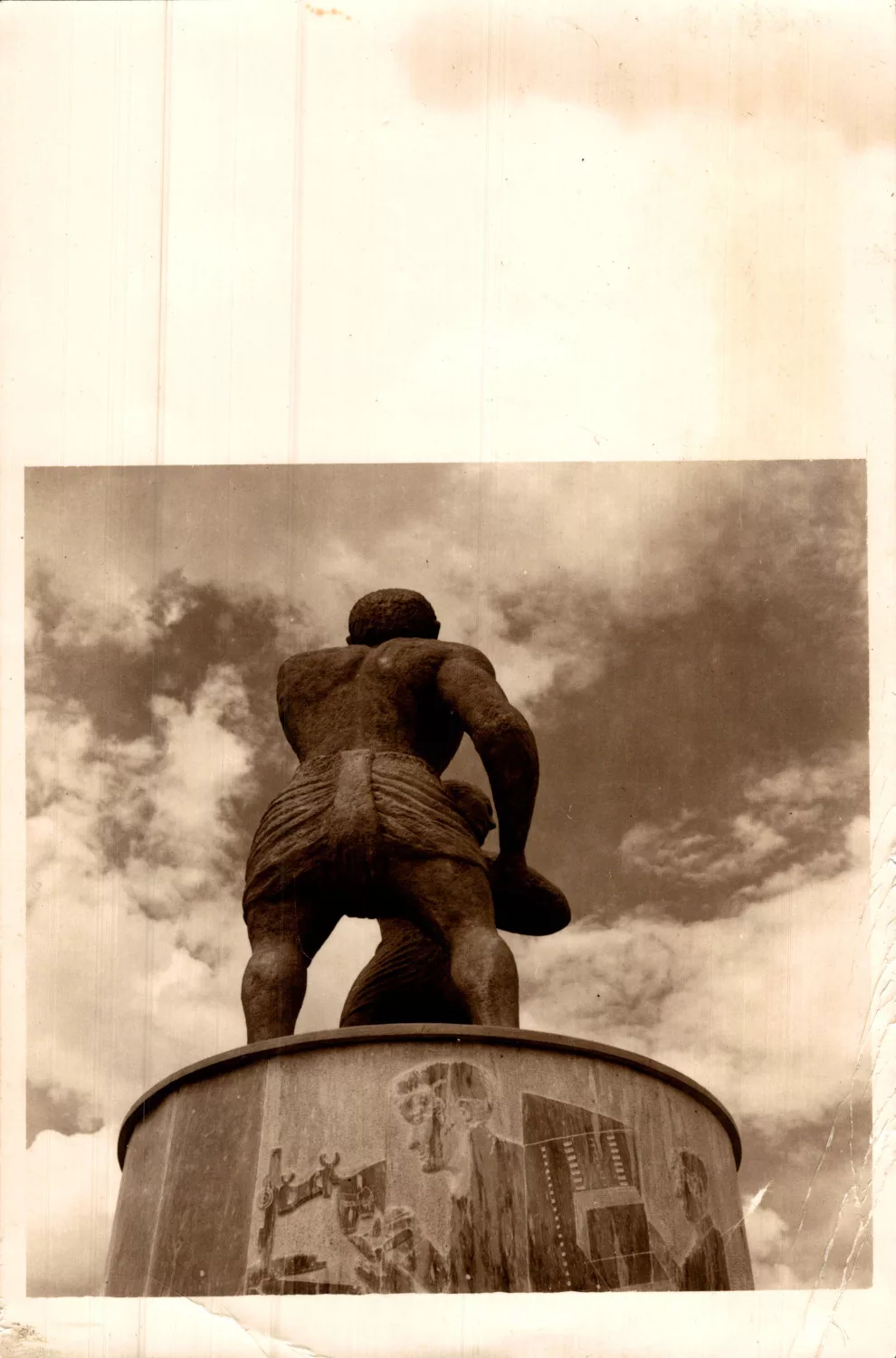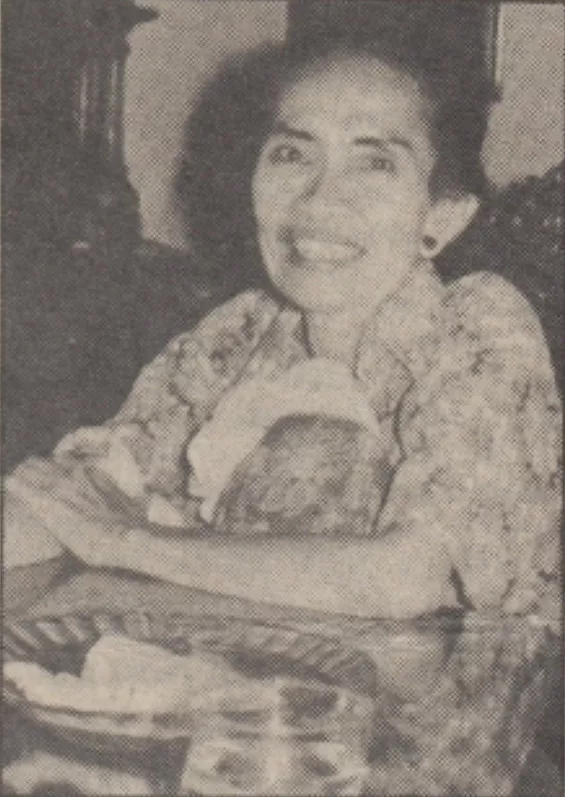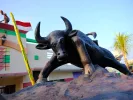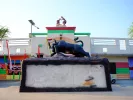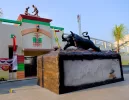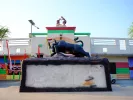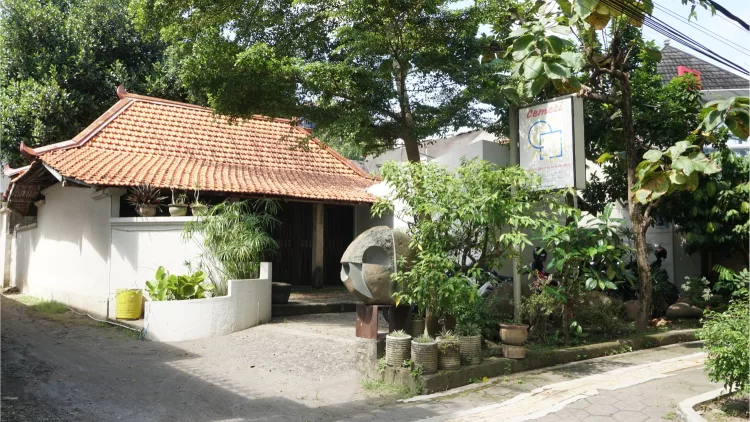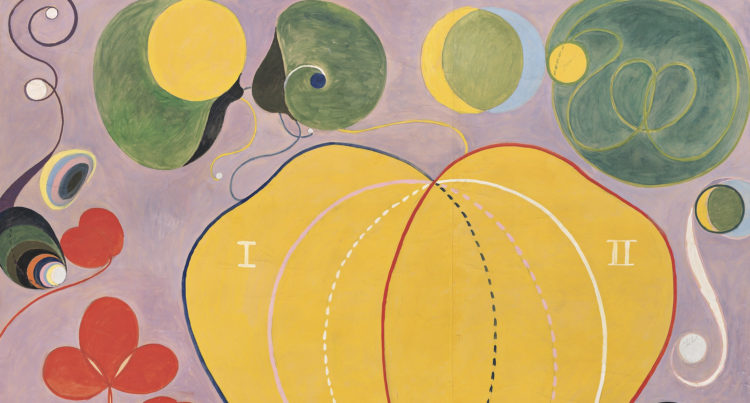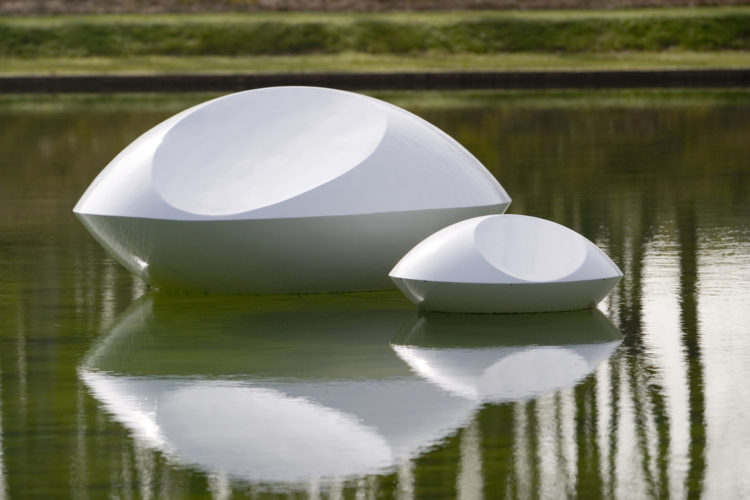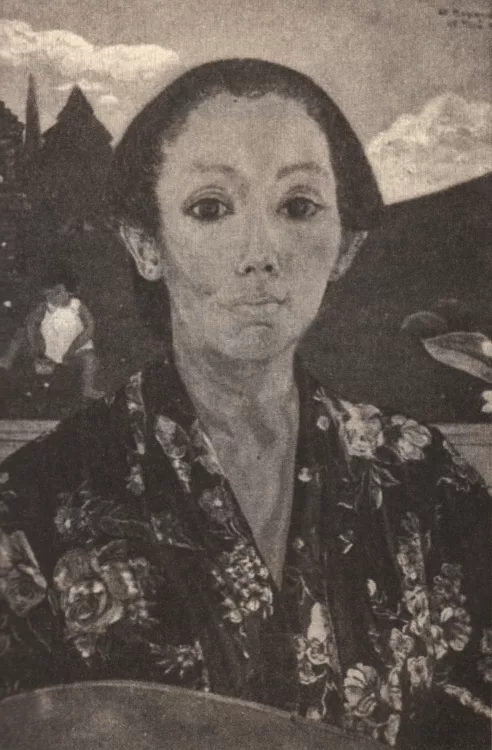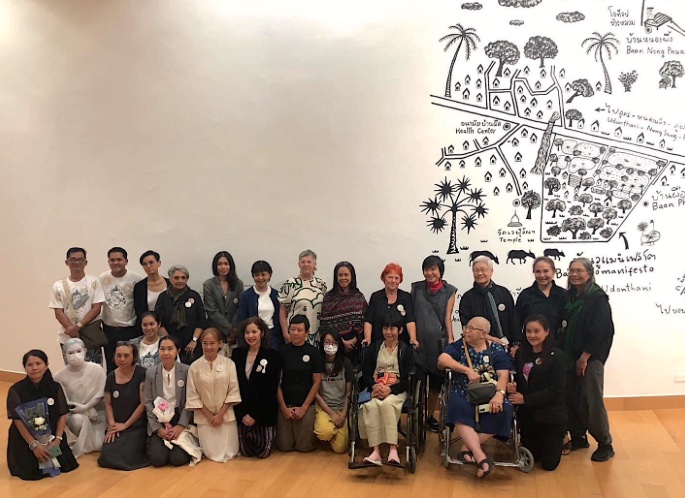Trijoto Abdullah
Galeri Nasional Indonesia, “Poros : Monumen Banteng Ketaton”, 2021 https://gni.kemdikbud.go.id/pameran-virtual/poros/karya/monumen-banteng-ketaton
→
Lusandiana, Lisistrata, Amalia, Rifda, Tridjoto Abdullah: Nasionalisme Banteng Ketaton, kesenian, Pusaka Seni Rupa, Jakarta, 2020
→
Jerome Robbins Dance Division, The New York Public Library, “Monument erected by Rajat [Rayat] Murba to ‘Banteng Kurdha’ and harves of ‘Bambu Runtjing’ in Madiun, April 17, 1947” [collected by Claire Holt], The New York Public Library Digital Collections, 1955–1957 https://digitalcollections.nypl.org/items/510d47dd-d43d-a3d9-e040-e00a18064a99
Group Exhibition, Hotel Savoy Homann, Bandung, 1 May, 1939
Indonesian sculptor.
Trijoto Abdullah (also known as Tridjoto Abdullah and Nyi Tjokro Soeharto) is the first known female sculptor and public monument maker in Indonesia even though she did not attend any formal art education and only completed elementary school. She taught herself how to work with clay and stone. In 1933 she familiarised herself with sculpting techniques and human anatomy via two Dutch professors in Bandung – architect Charles Prosper Wolff Schoemaker (1882–1949) and military doctor Max Ulrich Thierfelder (1885–1957).
Monumen Banteng Ketaton [Ketaton Bull Monument, 1947] is her only monument still standing in Madiun, East Java. In its original form, the monument featured a bull on a pedestal alongside a warrior carrying a sharpened bamboo, the weapon being a symbol of the people’s struggle against heavily armed colonists. On the front, the stone base has the Javanese inscription “Rawe-rawe rantas, malang-malang putung” [Everything that hinders the struggle must be removed]. This monument was built to commemorate the spirit of the people of Madiun in fighting against Operation Product, the First Dutch Military Aggression. In around 1956, art historian Claire Holt documented its original inscription, which read: “This monument was erected by the Murba People and dedicated to the ‘Banteng Kurdho’ and ‘Bambu Runcing’ Heroes in Madiun, April 17, 1947”. Initially, this statue was located at the Madiun City Heroes’ Cemetery. However, under the New Order regime, the statue was relocated in around 1990 to the south side of Wilis Stadium – a significantly less visible location. The soldier and the bamboo were removed and the original base modified. This change can be related to the power transition in Indonesia as a strategy to exclude the bull as a symbol of the people’s heroism.
Another public moment by Trijoto Abdullah, named Sinar dan Bayangan [Light and Shadow, 1956], was installed at the Headquarters of the Indonesia National Police in Jakarta. It was commissioned by Police-General Raden Said Soekanto Tjokrodiatmodjo who was the leader of the Indonesian National Police between 1945 and 1958, to celebrate Bayangkara Day, which commemorates the founding of Indonesia’s National Police. The statue symbolised the core identity of the National Police. It showcases two muscled human figures holding aloft a burning torch. The monument’s name evokes the colours of the Indonesia National Police insignia: yellow, which symbolises light and wisdom, and black, reminiscent of the shadow, which denotes the ongoing vigilance characterising law enforcement officers. The engravings on the round column depicted different facets of the National Police, from their training to their duties in official ceremonies and everyday life. In 1962 this monument was replaced by a statue of Gajah Mada and its current location is unknown.
Trijoto Abdullah’s life and work are little known despite her being the fourth child of the celebrated Indonesian Mooi Indie painter Abdullah Suriosubroto (1878–1941) and the sister of painters Sudjono Abdullah (1911–1991) and Basoeki Abdullah (1915–1933).
A biography produced as part of the programme The Flow of History. Southeast Asian Women Artists, in collaboration with Asia Art Archive
© Archives of Women Artists, Research and Exhibitions, 2025


